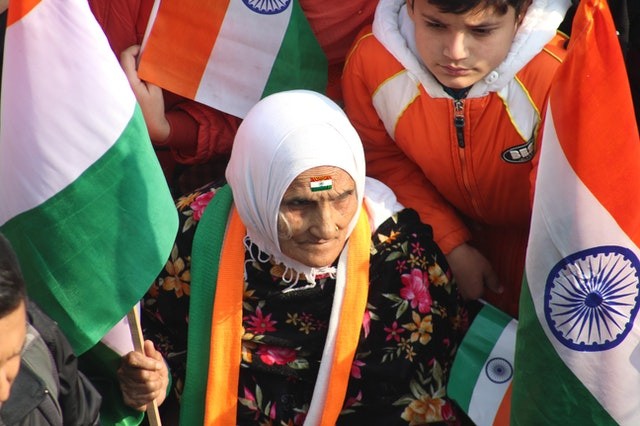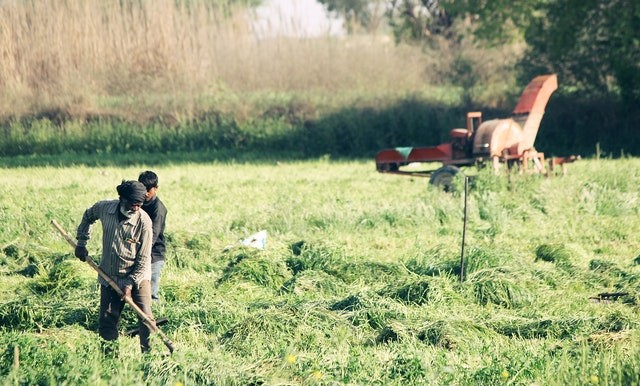In September 2020, the Narendra Modi government in India cleverly circumvented all parliamentary processes to push 3 bills through.
If the bills had gotten the needed attention, they could have mitigated restrictions on the private players that hold sway in agricultural markets.
The circumvention of the bills infuriated farmers in Punjab which has been the epicenter of the Green Revolution as far back as the '50s.

Thousands of farmers started marching to New Delhi in late November after they protested to no avail for 2 months.
The Modi government responded to this movement by placing paramilitary troops in the street, armed to the teeth with tear gas shells and water cannons.
The deployed troops were protected by concertina wires, barricades, as well as deep trenches, dug hastily into the freeways at the capital city's borders.
The Largest-ever Mobilization of Farmers in Independent India
The protests have spread all over the second-most populous country in the world. And could win the World Guinness Record as the largest-ever mobilization of farmers in independent India to date.
The demonstrations have claimed more than 70 human lives; most of them made political statements by committing suicide while others died mainly of cold.
This group action is not all about the official cancellation of the 3 laws but includes demands that the state guarantee MSPs (minimum support prices) for all the private and public purchase of produce. However, this agitation is no doubt announcing the end of the green revolution.
ALSO READ - Practicing Soil Conservation Benefits Farmers and Their Crops, Study Says

THE Green Revolution Perspective
The Green Revolution is basically promoting gilt-edged industrial agriculture and more of a scheme from the Cold War than a human-centered initiative.
After India gained independence in 1947, communist-led peasant movements mounted fierce pressure on the Indian National Congress - the ruling party - to efficiently distribute land anew from landlords right down to peasants.
According to a 1968 speech delivered by William Gaud, the administrator for U.S. Agency for Internal Development, the Congress was under a moral obligation to landlords for electoral support in rural regions.
And so it was not willing to implement such extensive land reforms. And that is how the United States government promoted the Green Revolution in this context in order to displace a Soviet-style Red Revolution.
This comprised of subsidized irrigation, fertilizers, wide varieties of wheat and rice bred in order to absorbed high doses of fertilizers as well as training programs sponsored by the state in order to assist farmers in transitioning quickly to new practices.
As a result of the considerable expense involved, only a few, well-turned districts in Punjab, as well as a handful of states, got to enjoy access to it.
And since bumper harvests unavoidably depress prices, farmers were reassured and guaranteed procurement via state-run market yards or mandis as declared in advance by MSPs.
Therefore, state procurement became highly crucial to transforming Punjab into the breadbasket of India.
Unions of Agricultural Laborers Support Agitation
The demonstrations have garnered support from unions of agricultural laborers, especially those with little or no land.
Women are also at the forefront of the agitation, and farmers' groups have also joined, demanding the release of jailed political prisoners, human rights activists, and revolutionaries.
The government is expected to concede the prompt demand to discontinue the 3 laws.
But farmers need to adopt diverse, agroecological, decentralized food systems and drop the Green Revolution paradigm.
RELATED ARTICLE : Small Holder Farmers In Zambia Can Combact Deforestation, Climate Change
For more news, updates about farmers and similar stories, don't forget to follow Nature World News!
© 2025 NatureWorldNews.com All rights reserved. Do not reproduce without permission.





